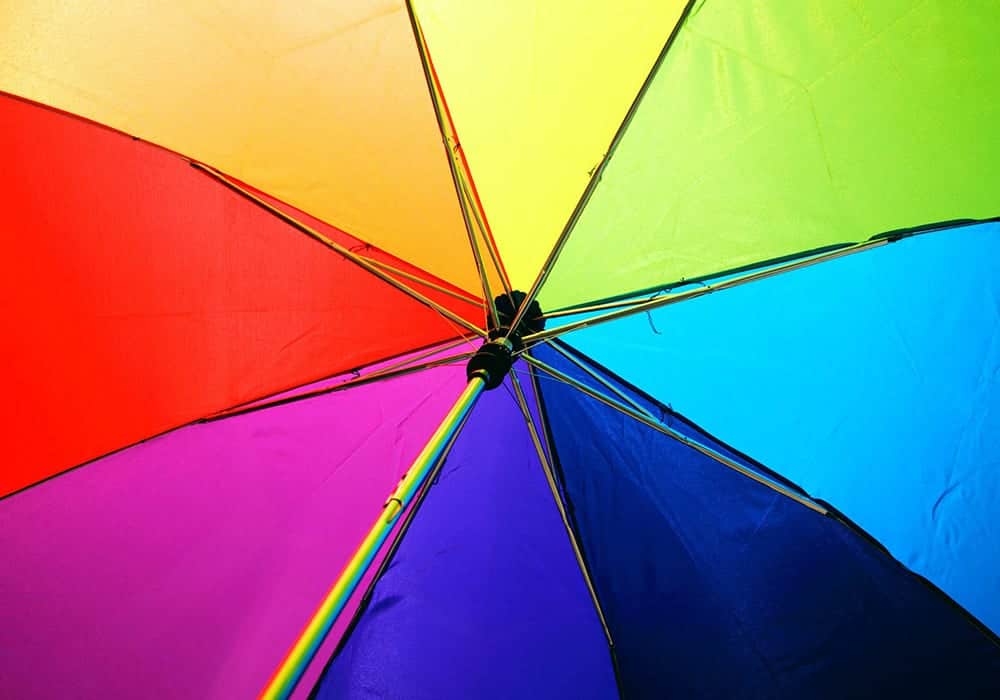
Spring green (made by mixing cyan and green)Īs you can see, there are some similarities between the tertiary colors of the RYB model.Chartreuse green (made by mixing yellow and green).Violet (made by mixing magenta and blue).Here are examples of the tertiary colors in these color systems: As you now know, the tertiary colors in RGB and CYMK differ from the RYB model. We explained the difference between the color systems above. Tertiary Colors in the CYMK and RGB Color Systems When you mix red and orange, you create the tertiary color technically known as red-orange. Often, artists prefer these names as they are more interesting.
TERTIARY COLORS HOW TO
That can be helpful when you want to know how to mix a particular shade, but the names aren’t very inspiring!īut each color also has a common name as well as its technical name, which I’ve shared below. They’re made up of the primary and secondary colors mixed to make each tertiary color. You’ll notice that their technical names aren’t the most descriptive. I’ve gone into detail on each of them below. It’s time to take a closer look at each tertiary color on the color wheel. Now, you understand how we can make tertiary colors. Examples of Tertiary Colors on the Color Wheel And because of this placement, tertiary colors are sometimes called intermediate colors. You’ll find red-orange between red and orange on the color wheel. So, it makes sense that each tertiary color sits between the primary and secondary colors used to mix it. For example, red and orange make red-orange. When you mix a primary color and a secondary color, you create a tertiary color. These are the most numerous on the color wheel, as there are six ways to make tertiary shades. The Tertiary ColorsĪnd finally, the tertiary colors. They are the result of mixing two primary colors in a 1:1 ratio.Īs a side note, the secondary colors in the RGB system are magenta, cyan, and yellow. The secondary colors – orange, green, and purple – sit between the primary colors. And so, they are the foundation of color mixing. But you can make almost any other color using the primary colors. You can’t make a primary color by mixing other colors together. On the color wheel, you’ll see the primary colors – red, yellow, and blue. It’s still the most common system for any kind of traditional art. We’ll use the RYB color model to understand the color wheel in this case. So, knowing how to use a color wheel is an essential skill for artists. And you can also look up complementary (or opposite) colors. It’s easy to understand the similarities between colors and their temperatures – cold or warm. It displays primary, secondary, and tertiary colors. How the Color Wheel WorksĪ color wheel is a helpful tool for representing colors and their relationships. So, the tertiary colors in the RYB system will differ from those in the RGB system. This method uses the same colors as the RGB system but reverses the primary and secondary colors. There’s also the CYMK color system, mainly used for printing. That means you can make a greater range of colors compared with the RYB model. You make white light when you mix red, green, and blue light.Īlso, the RGB color system has a wider color gamut. The reason is that these are the primary colors according to the light spectrum. In this color system, green replaces yellow, while red and blue remain. More recently, the RGB color system has become popular. However, it’s also considered the most outdated. And it’s still useful for anyone who works with traditional art media like paints and ink. Artists and scientists have long used it to understand how colors work. The RYB color system dates back centuries. We call this the RYB color system, as its primary colors are red, yellow, and blue. You probably learned about the traditional color system in art class at school. To understand tertiary colors, you need to know that there are several color systems. So, in effect, it works the same as mixing a primary and a secondary color due to the ratios used.īut it’s easy to see how people get confused about tertiary colors! The Different Color Systems

One of the primary colors in the mixture is fully saturated, and the other is half saturated. So, we’ll look closer at this theory.įinally, some people believe you can make a tertiary color by mixing two primary colors. It’s the most commonly accepted theory and the one that the color wheel demonstrates. The second theory says that mixing a primary and a secondary color makes a tertiary color. Theory 2: Mixing a Primary + a Secondary Color = Tertiary Color So, we won’t focus on this theory for the rest of the article. These colors don’t appear on the color wheel.

Slate (the result of mixing purple and green).


 0 kommentar(er)
0 kommentar(er)
